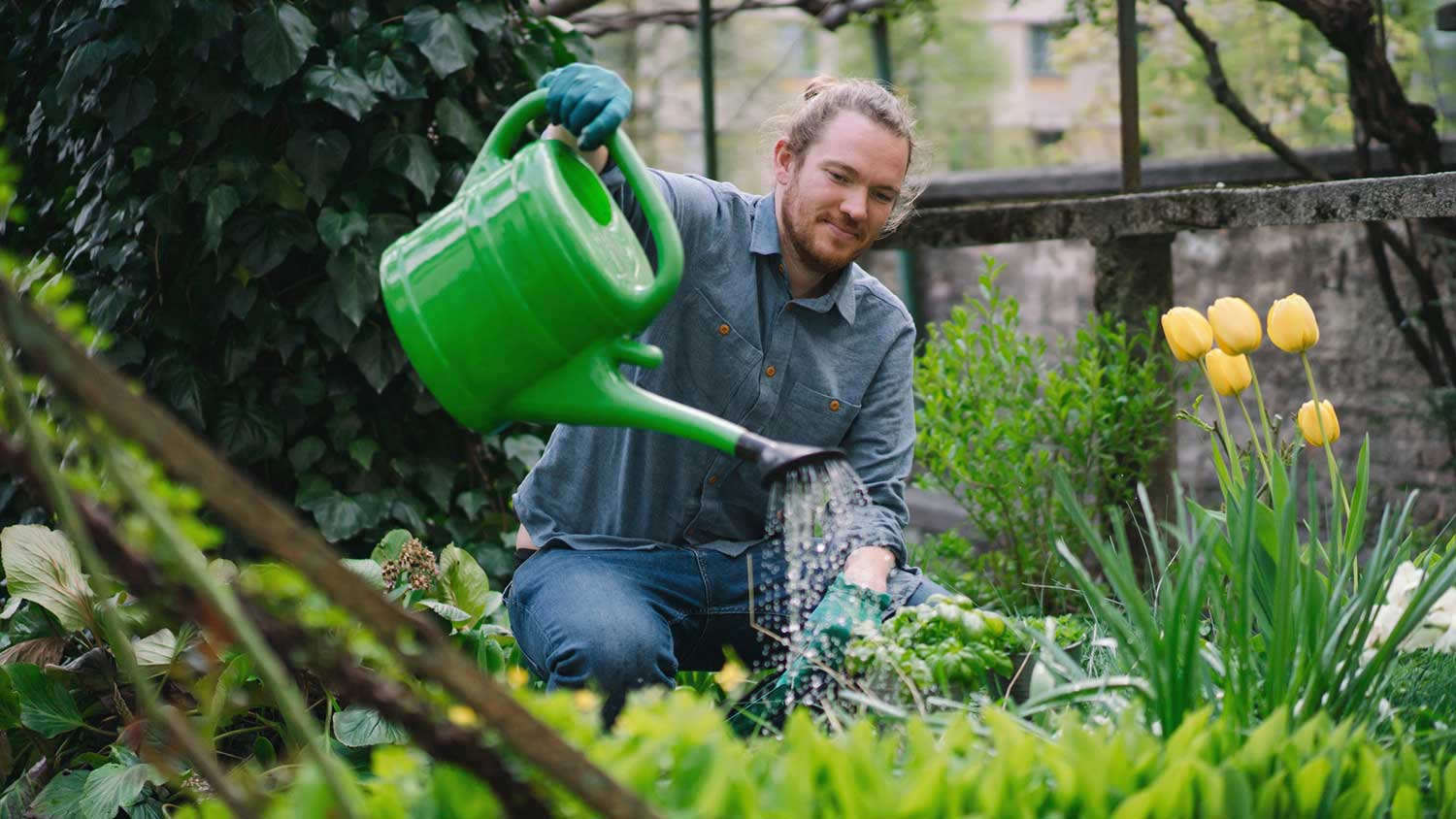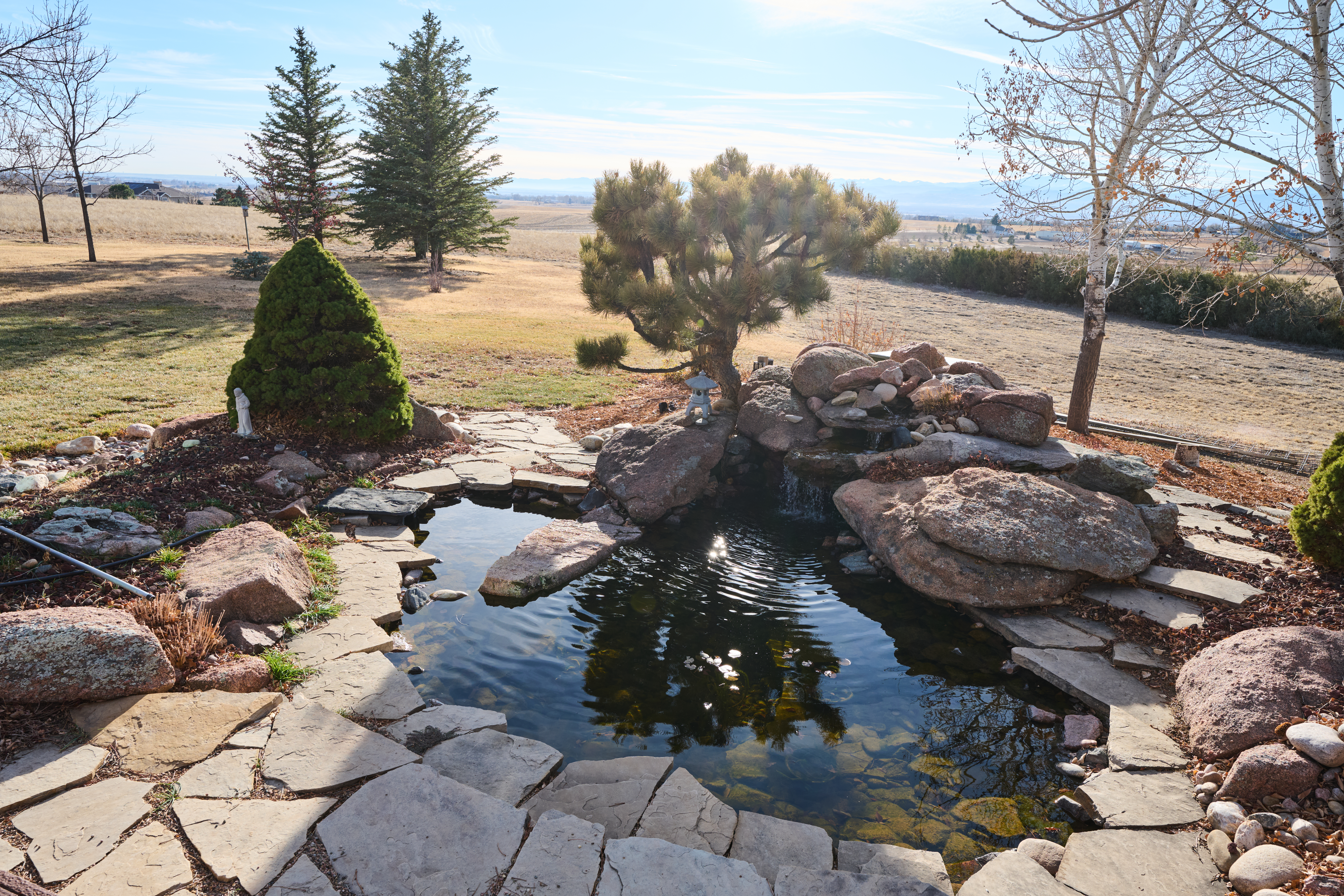
Xeriscape costs depend on materials, the size of your yard, and if you DIY. This guide will help you determine what your xeriscaping project will cost.
Don’t let your garden hibernate


Plant tulips and hyacinths in autumn for a spring bloom.
Buy weather-acclimated flowers.
Know your frost dates for healthy and happy spring flowers.
While the long, gray winter lingers, you can and should make plans for a bright, colorful spring garden. Some flowers actually thrive in chilly conditions, and should be planted in fall to start blooming while there is still a little snow on the ground.
Others will need to be placed either right before or right after the last frost. Depending on your particular climate, here’s how to choose what to plant and when in your yard for year-round curb appeal.
There are a few variables to weigh before making a final decision as to when to plant spring flowers and which flowers to plant.
Do you live in an area with long winters, such as Ann Arbor, Michigan, or a place with no snow at all, like San Diego? The date of your last frost and your temperature’s soil will dictate when you can plant certain flowers.
Look up your frost dates by entering your zip code on the Old Farmer’s Almanac website. If you’re planting after the last frost and live in a warmer climate, look for flowers that can handle the heat as summer approaches.
Some flowers have already been acclimated to outdoor temperatures and environments by the nursery or garden center, so be sure to ask. If they haven’t, you should acclimate your flowers by placing them in a protected area in your garden during the day and bringing them back inside at night for a week or two.
You can get a jumpstart on your spring flowers and grow some flowering annuals in hanging baskets or containers, preventing them from facing the cold, wet soil. However, air temperature is still a factor; delicate flowers shouldn’t be potted before frost has ended. Be sure to use a soilless mix, which will be warmer and drier than gardening soil.
Some plants prefer warmer soil, while others like it colder. You can measure the soil temperature by placing a soil thermometer 4inches into the ground; make sure to check sunny spots as well as shady areas.

Deciding when to plant flowers for spring is largely dictated by the factors described above as well as the type of flower you wish to plant. Here’s a guide to the various kinds of flowers and some rules of thumb for their ideal planting time.
Autumn planting should happen before the first freeze of winter (usually October through November), when the soil is very workable.
This is the time to plant spring-flowering bulbs, which require cold conditions to thrive, such as:
Tulips
Daffodils
Flowering onions
Crocuses
Hyacinths
Very early spring is defined when the soil temperature has reached 45 degrees Fahrenheit and the ground is no longer frozen. Gardeners can work the soil without fear of overly wet conditions.
There’s also a simple way to tell. “If you can squeeze a handful of dirt and it falls apart easily without staying clumped together, it should be dry enough to plant,” says Tara Dudley, owner of Plant Life Designs.
At this point, you can plant:
Bare root perennials, like hellebore, evening primrose, and camellias
Cold tolerant annuals, such as pansies and violas
Early spring is two to three weeks before the last frost has passed, and when soil warms up to about 65 degrees Fahrenheit.
Some annuals, such as snapdragons, nemesia, diascia, and osteospermum
Potted perennials and shrubs, such as roses
Spring is when the threat of frost has passed for good. If an unexpected frost happens, make sure to cover sensitive plants to protect them.
Spring is the time to plant flowers that can handle increasingly rising temperatures as we get closer to summer, such as:
Petunias
Black-eyed susans
Hydrangeas
Dahlias
If you don’t have a green thumb, consider hiring a gardener in your area.
From average costs to expert advice, get all the answers you need to get your job done.

Xeriscape costs depend on materials, the size of your yard, and if you DIY. This guide will help you determine what your xeriscaping project will cost.

Leveling your yard can help with drainage and prevent damage to your home. Learn the cost to level a yard in Columbus, OH, and what factors can affect the price.

Looking to step up your golf game without leaving your property? This guide details backyard putting green costs to help you decide if this project is worth it.

Preparing your pond for the winter can keep it healthy until springtime. Learn how to winterize a pond with this how-to guide.

Do you tip landscapers? Talking about tipping is often seen as a taboo, but there are a lot of nuances to getting the numbers right. This guide can help.

Shrubs come in a huge array of shapes and colors. Here are 25 beautiful and low-maintenance types of shrubs to consider for your landscape.